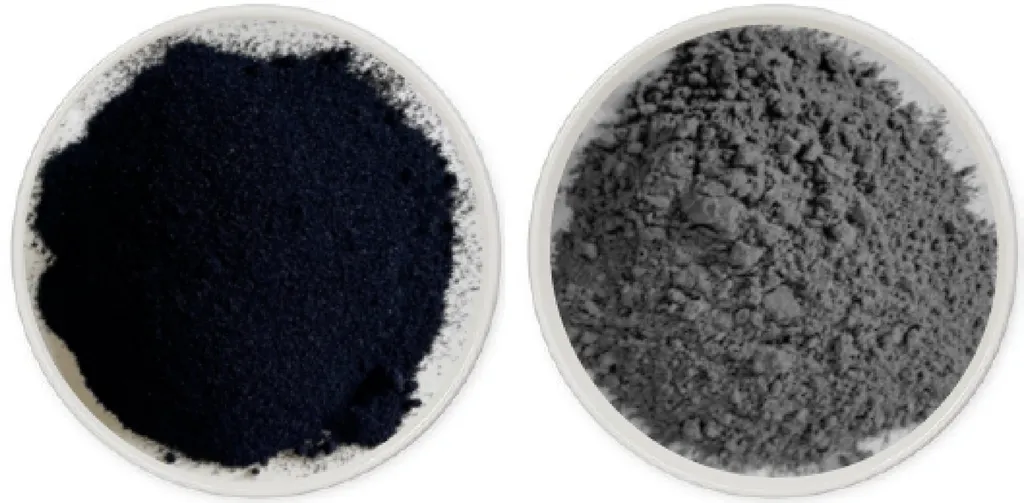In the quest for sustainable construction materials, a recent study has unveiled promising results that could reshape the industry’s approach to eco-friendly building practices. Researchers from the School of Housing, Building and Planning at Universiti Sains Malaysia have published their findings in *Scientific Reports*, exploring the potential of Tianqi aluminosilicate (TAS) as a partial replacement for Ordinary Portland Cement (OPC) in foamed concrete (FC).
The study, led by Afiya Abdul Sattar, investigated the mechanical, transport, and microstructural characteristics of foamed concrete mixes with varying percentages of TAS. The results are compelling, showing significant improvements in both strength and durability. “The mechanical properties, including compressive, flexural, splitting tensile, and elastic modulus, improved by 18–25% over the control mix, peaking at 20% TAS substitution,” explains Sattar. This enhancement is attributed to the filler effect and pozzolanic activities of TAS, which refine the pore structure and yield a denser matrix with homogeneous hydration product distribution.
The transport properties of the concrete also saw notable improvements. At 20% TAS substitution, water absorption and permeability reduced by 35% and 28%, respectively. This indicates a more durable and resilient material, crucial for applications in the energy sector where structural integrity and longevity are paramount.
The commercial implications of this research are substantial. As the energy sector increasingly adopts sustainable practices, the demand for eco-friendly construction materials is on the rise. TAS, as a supplementary cementitious material, not only enhances the performance of foamed concrete but also reduces the reliance on OPC, a significant contributor to carbon emissions. “This work advances eco-friendly construction practices by demonstrating TAS’s viability in high-performance FC applications,” says Sattar.
The study’s findings suggest that a 20% substitution of TAS strikes the ideal balance between performance and sustainability. This could pave the way for future developments in the field, encouraging further research into alternative supplementary cementitious materials and their potential applications in various construction sectors.
As the construction industry continues to evolve, the integration of sustainable materials like TAS could play a pivotal role in shaping a greener future. The research published in *Scientific Reports* (which translates to “Nature Research Reports”) serves as a testament to the ongoing efforts to mitigate environmental impacts while enhancing the mechanical and durability properties of construction materials.

